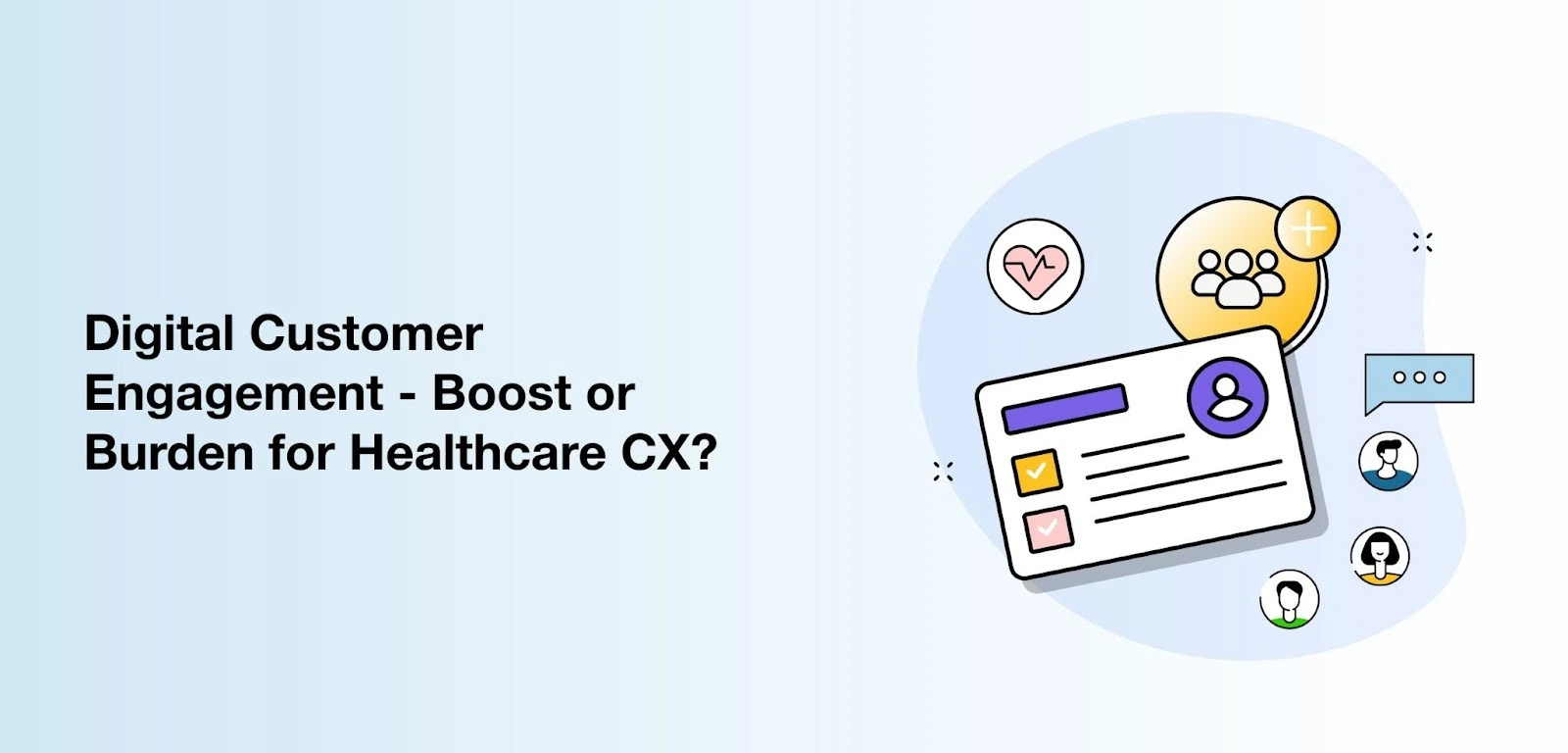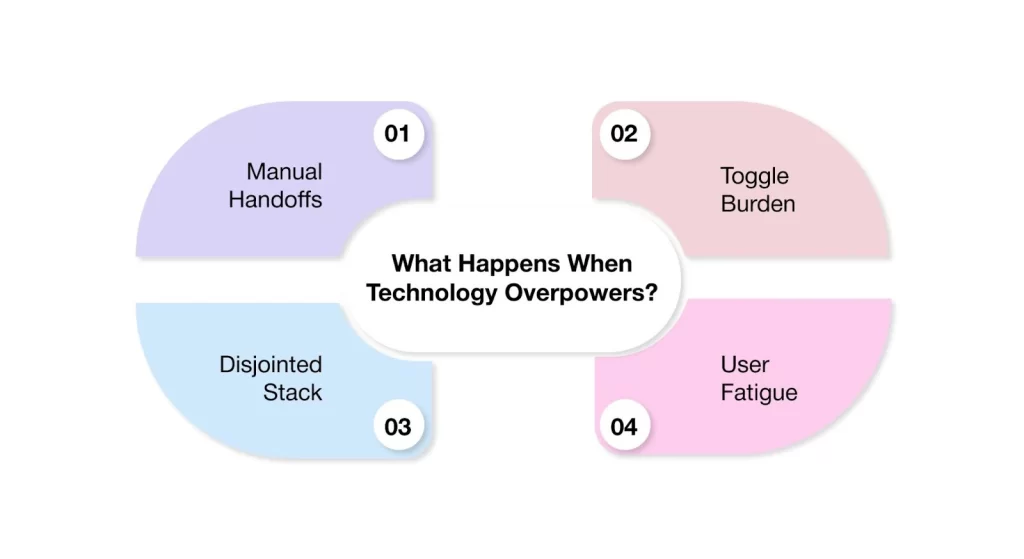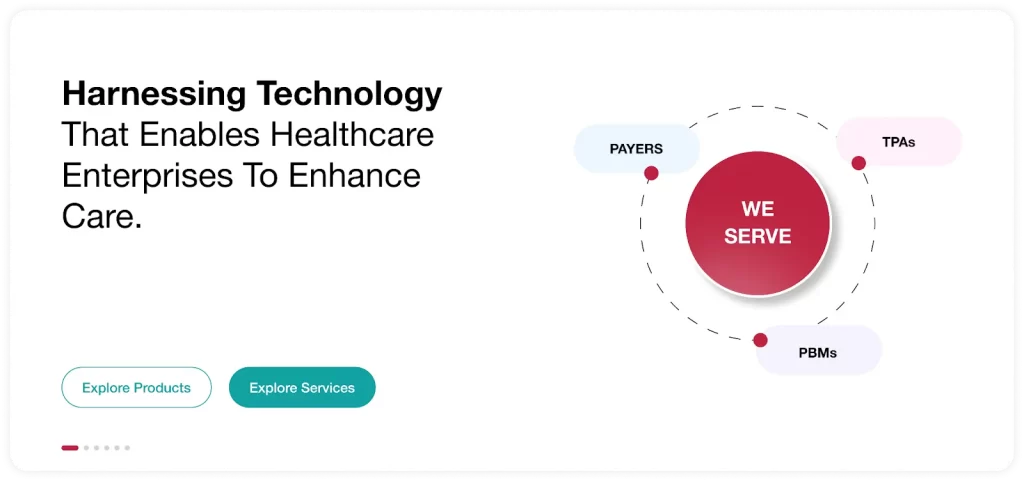
In today’s digital landscape, healthcare insurers are undergoing a significant transformation driven by the adoption of advanced technologies. A wide range of digital tools and platforms now enable insurers to enhance the customer experience (CX) in meaningful ways. With the power of data analytics and AI-driven solutions, the industry is well-positioned to redefine how it engages with customers through modern digital customer engagement platforms.
This evolution aligns closely with the expectations of the modern customer, who demands fast, personalized, and seamless digital interactions.
From real-time access to health and plan information to instant support and tailored communication across all touchpoints, today’s customers expect a frictionless, data-enabled experience at every stage of their journey. To meet this demand, organizations must focus on effective customer engagement strategies for digital channels.
However, many insurers remain constrained by legacy systems that hinder their ability to deliver a cohesive, omnichannel experience. These outdated infrastructures not only limit operational agility but also lead to customer frustration, inefficiencies, and missed opportunities to personalize engagement. As a result, insurers that fail to modernize risk falling behind in an increasingly digital and customer-centric healthcare environment.
But here’s the paradox: while technology is meant to empower, it sometimes overwhelms.
The question, then, is not how much technology we use, but how meaningfully we use it to elevate healthcare experiences.
The Promise: Empowering Experiences Through Technology
The potential of digital transformation in healthcare is undeniable. Automation accelerates workflows. Data analytics enables personalized care. AI assists in resolving member queries faster than ever before. However, understanding the benefits of AI in customer engagement and retention drives these transformations.
Technology has opened the door to a world where:
- Members access care details anytime, anywhere.
- Providers connect seamlessly with payors.
- Brokers and employers manage benefits with real-time transparency.
- Operational teams work with precision, not paperwork.
When done right, this is healthcare at its most effective: streamlined, responsive, and deeply human-centered because the tech is working for the people.
The Pitfall: When Technology Becomes Too Much

Yet, somewhere along the journey, complexity crept in. Healthcare enterprises often adopted digital tools in silos, adding portals, virtual assistants, and systems without a unified experience strategy. The result?
A web of disconnected touchpoints that leave users, both customers and internal teams-navigating technology rather than benefiting from it.
Consider this:
- A member logs into a portal to view claim details, but needs another platform to update contact information.
- A Provider needs to get the payment status of claims, but needs another platform to raise the prior authorization requests.
- An employer receives enrollment notifications through email but must call a support line for clarification.
- Customer service representatives toggle between multiple systems to resolve a single query.
When digital solutions don’t talk to each other, the experience becomes fragmented. What was meant to empower ends up overwhelming.
The Reality Check : Empowerment Needs Orchestration
The key to transforming healthcare CX lies not in more technology, but in orchestrated technology. Seamless integration across systems, unified data access, and AI-enabled insights can bring coherence to the digital chaos. This is the core principle behind successful digital customer experience.
For instance, an integrated self-service platform can:
- Pull data from claims, enrollment, and provider systems in real time
- Deliver contextual, personalized information to each user type
- Empower teams to act faster and members to self-serve effortlessly
This isn’t just efficiency, it’s empathy powered by technology. When systems communicate and experiences are designed around users, technology no longer feels like a maze. It becomes invisible, yet indispensable.
The Way Forward : From Tools to Transformation
Healthcare organizations must now move from deploying tools to designing experiences. This requires a strategic shift from “digital-first” to “experience-first” – one that blends technology, empathy, and intelligence.
AI assistants, for example, can do more than answer queries. They can anticipate needs, surface insights, and support operational teams behind the scenes. Intelligent automation can reduce errors, speed up processing, and let human agents focus on care, not clicks, thereby improving digital customer experience.
When done right, technology doesn’t replace people; it empowers them to deliver better experiences at every touchpoint.
Transform Your Customer Experience with VIZCare Xperience

Upgrading insurance technology is no longer optional; it’s essential for enhancing customer experience, boosting operational efficiency, and delivering seamless, personalized services.
AVIZVA’s AI-powered solutions help healthcare insurers break free from legacy systems and transform digital customer engagement. By streamlining operations and enabling faster, more personalized interactions, these platforms empower insurers to deliver efficient, high-quality service at every touchpoint.
One of AVIZVA’s leading solutions is VIZCare Xperience, a suite of AI-powered web and mobile portals built to improve the customer experience. Designed for payers, TPAs, and PBMs, VIZCare Xperience brings all actions and information to customers’ fingertips.
VIZCare Xperience includes four distinguished products designed for four distinct user groups:
MemberX: The portal is a one-stop shop for members to manage their coverage, search for benefits, find care, understand claims, and track prior authorizations. While it primarily focuses on enabling ease of self-service, thereby reducing operational workload for enterprises, it also simplifies and enhances interactions with member engagement teams.
BrokerX: The portal is designed to simplify client acquisition, management & retention for agencies & agents. It brings capabilities to manage the entire lifecycle of clients, covering pre-sales, sales, and post-sales at the fingertips. Some of the most used and high-impact features include quoting and proposals, managing their book of business, accessing commission statements, and gaining ready access to insightful analytics.
EmployerX: With employers’ needs in mind, the portal is designed to enable effortless management and oversight of employee benefits and usage. Employers can easily manage their group membership, including open enrollment, life change events, member profile information, understanding plan benefits, invoices, and plan performance.
ProviderX: The portal is designed to cater to both in-network and out-of-network providers, enabling them to understand patients’ benefits, track claims status, payments, and appeals, as well as manage referrals and prior authorizations. It also integrates with the provider empanelment process, offering a comprehensive and unified digital experience for providers.
Powered by such AI-driven innovations, healthcare insurers can enhance their CX, tear down data silos, and stay abreast of the shifting demands of their modern clientele.

Conclusion
Healthcare CX isn’t about adding more technology; it’s about making it work together. True empowerment happens when every stakeholder – member, broker, provider, or support team, experiences technology as an ally, not an obstacle.
In the end, the future of digital customer engagement will belong to those who master the art of simplifying complexity, turning layers of systems, data, and automation into a seamless, human-centered journey.
Because in healthcare, technology should never just power the process; it should elevate the experience.
Make customer frustration a thing of the past. Book your free demo with AVIZVA today!

FAQs
1. How is technology empowering healthcare customer experience (CX)?
Technology allows for immediate access to information for members, providers, brokers, and employers, hassle-free self-service, and personalized support across various communication channels. It takes the time out of every interaction, eliminates the hurdles, and makes every step a guided, data-driven one rather than a manual one.
2. What are the key benefits of digital engagement in healthcare?
Digital engagement has the power to change the game by making communication open, fast, and friendly all at once. It builds trust alongside its counterpart – the phone call replaced by the chat, and consumers now enjoy a quicker, more responsive healthcare experience.
3. What barriers do healthcare organizations face in adopting digital CX solutions?
The obstacles that make it hard for companies to adopt a digital customer experience (CX) include legacy systems, data stored in separate places, unavailable or inefficient tools, and slow change management. If there is no synchronization across platforms, new technology will often complicate things rather than make them easier.
4. How does AI enhance healthcare customer engagement?
AI technology is a chief enabler for providing individualized replies, proactive advice, and quicker solutions to the problems of members’ and providers’ requests. It ensures that the relevant data is made available at the correct time and supports the human teams to operate accurately, rather than going through the chaos of their manual reactions.
5. What should healthcare providers do to avoid overwhelming their customers with technology?
They need to create the experience from the customer’s perspective, not the company’s, by making the journey easier, integrating the tools, and fostering open communication. The technology should be designed so that it becomes unnoticeable when used; it should not be another layer of work.
6. How is customer engagement measured in digital healthcare?
Engagement is calculated using usage metrics (portal logins, self-service completions), key performance indicators, resolution speed, and the level of personalization throughout interactions.
7. Why is omnichannel digital engagement important in healthcare?
The omnichannel approach guarantees that the user will have the same experience throughout, regardless of whether the user is using the app, web, email, or agent. It removes the cognitive “restart” between channels and builds trust through coherent, uninterrupted service.
